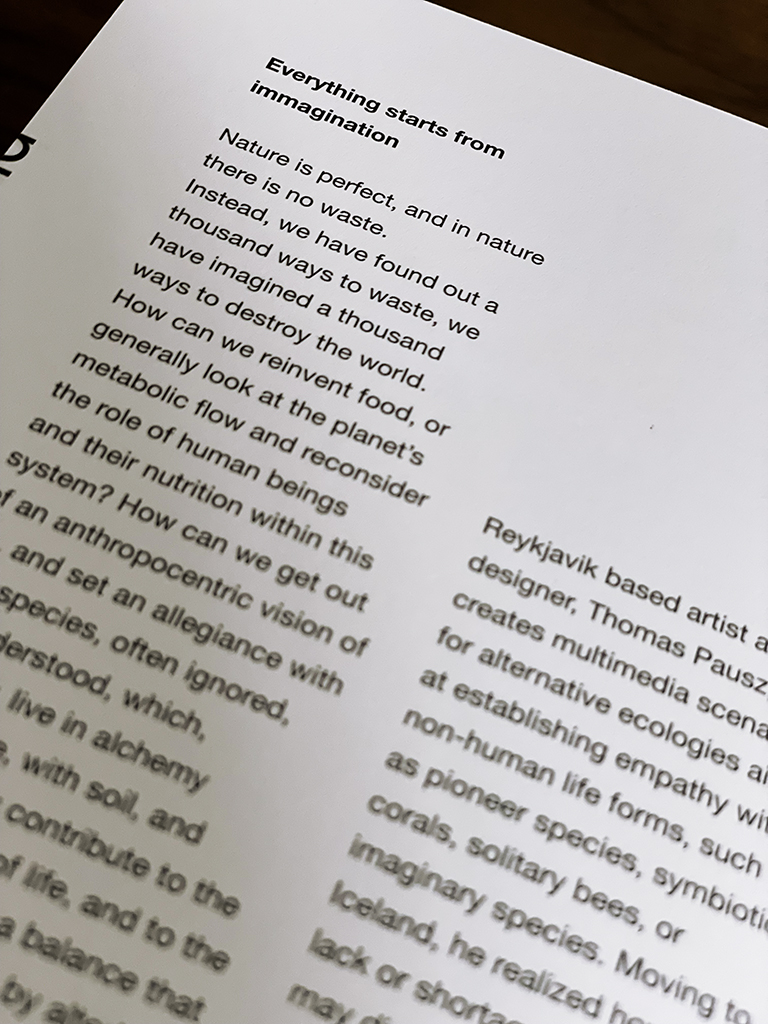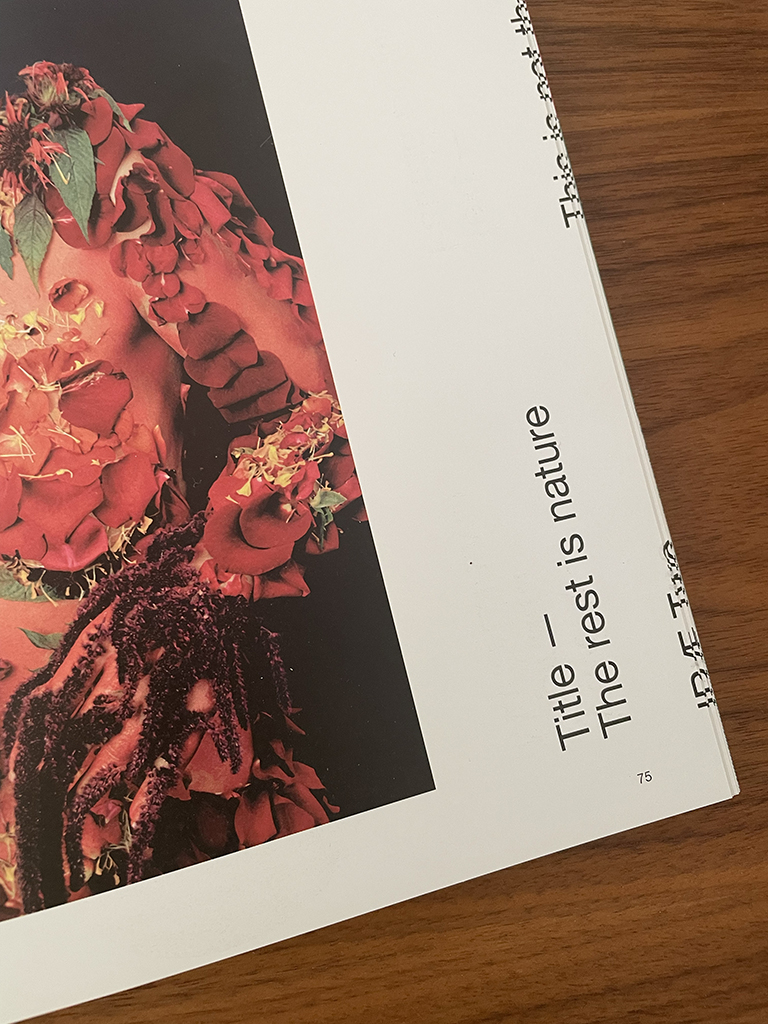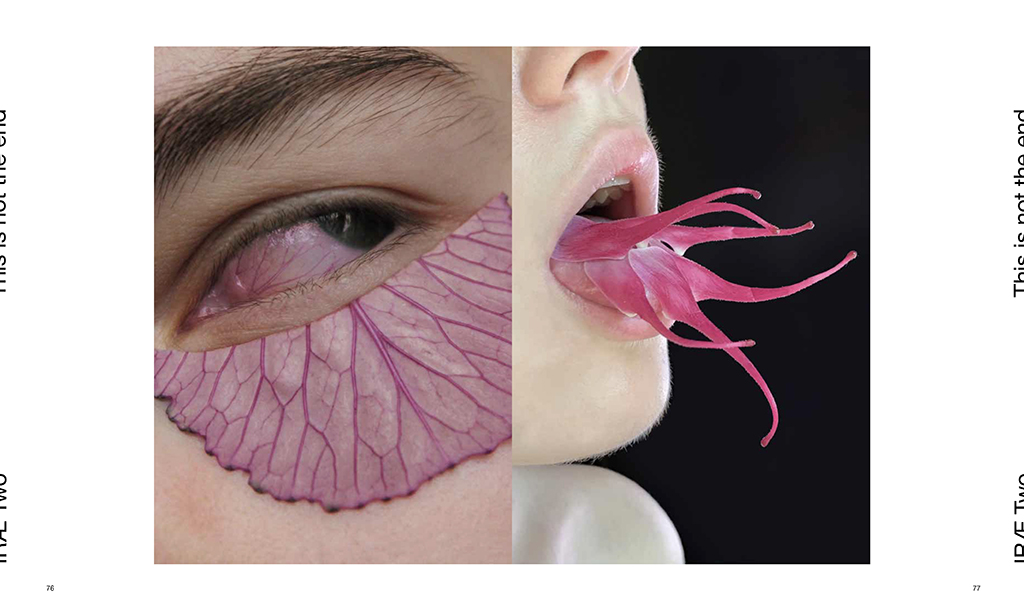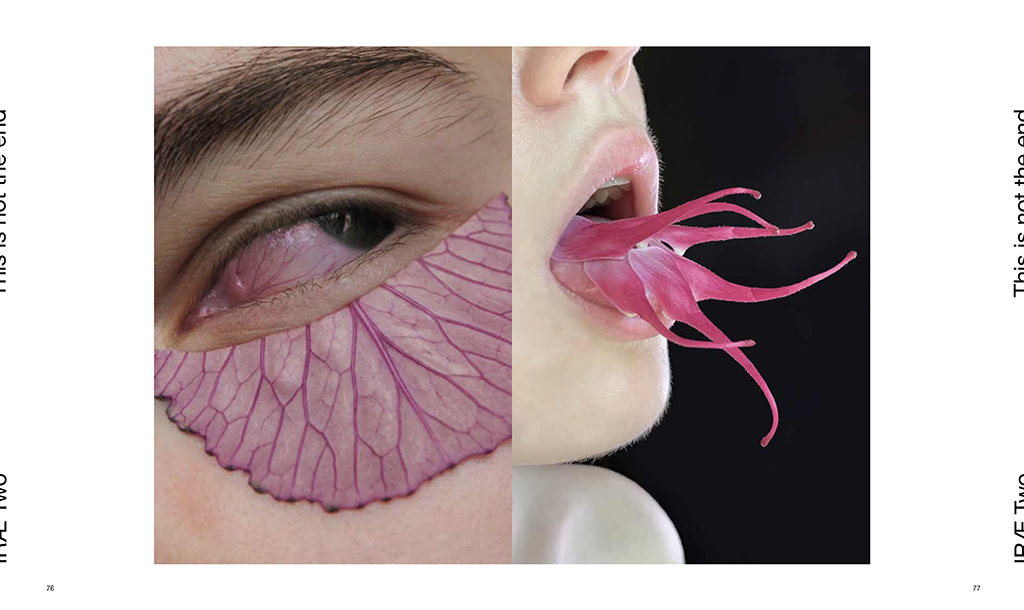MY ARTICLES ABOUT FOOD, ARTS, SUSTAINABILITY
Every starts with imagination.
Nature is perfect, and in nature there is no waste. Instead, we have found out a thousand ways to waste, we have imagined a thousand ways to destroy the world. How can we reinvent food, or generally look at the planet’s metabolic flow and reconsider the role of human beings and their nutrition within this system? How can we get out of an anthropocentric vision of life, and set an allegiance with new species, often ignored, misunderstood, which, however, live in alchemy with nature, with soil, and substantially contribute to the development of life, and to the maintenance of a balance that man is destroying by altering all virtuous cycles? How can we create a new empathy, and try to build a different planet? Artists, activists, and designers investigate this new perspective putting the human being on the same level of other living beings, be they plants or animals, hypothesizing alternative ecologies and new relationships also by means of food. And, reversing the perspective we are used to, they do it in a provocative way, considering ourselves, our bodies, as food necessary for the survival of other living creatures.
Reykjavik based artist and designer, Thomas Pausz, creates multimedia scenarios for alternative ecologies aimed at establishing empathy with non-human life forms, such as pioneer species, symbiotic corals, solitary bees, or imaginary species. Moving to Iceland, he realized how the lack or shortage of resources may disclose new paths to unknown and neglected materials, and, above all, to the elimination of food waste.
“When it comes to food, we will have to radically change our system and our culture, and this starts by inventing processes to use the waste. I would rather use the word “un-used” than “use-less”. Everything can be transformed. But, of course, it is easier and
more profitable to organise the market around a very limited amount of resources – we can see this with the choices of grains and the monocultures promoted by industrial agriculture”.
His projects and his artistic narratives decentralise the human gaze and offer alternative sensory experiences of the environment. In 2015, he gave birth to the Dandelion Full Use Project, a project concerning the useless and the invisible, that takes the dandelion as its starting point. By virtue of its symbolic value, and since it is generally ignored by people, the dandelion, the first flower to bloom in spring, is an object of interest able to generate new reflections, new conversations, but, above all, new ways of being employed. Furthermore, biodynamic agriculture states that, when the dandelion disappears, it contains in its roots everything that is necessary to prepare the soil for other plants.
Thomas Pausz began research on this flower and its possible use in different and potentially infinite forms: food, syrup, pulp, but also champagne and rubber, disclosing new paths to imagination and production. At the same time, a fundamental question arises: nowadays, which materials are worth working with and thinking of? It is precisely the mindset that must take new paths. For instance, design must embrace the intangible
aspects of food, those values, meanings, ideas that influence behavior and create new
practices.
We must consider that many actors of the food system are non-humans, that is plants, animals, microorganisms responsible for fermentation, microbiome colonizing our bodies that can either contribute to our well-being, or cause diseases. Even though people, when talking about food, refer only to the quick act of cooking, artists and food designers look at the future, reshaping the relationships between the various components of the food system, proposing new worlds to be transformed.
“Even waste is becoming one with what we have called “nature”; what has been
buried or shipped to less regulated countries is forming new territories in the form of
floating islands taking over the seas, toxic elements settling into the soil, even stones, and animals carrying radioactivity. We are like 19th-century botanists discovering this new jungle. But it all contains the potential for transformation”.
Non Flowers for a Hoverfly, Virtual Flowers and VR world for pollinators commissioned
by the Victoria & Albert Museum for Food: Bigger than the Plate, is an interdisciplinary
and interspecies design project led by Thomas Pausz in collaboration with biologist Shannon Olsson. The environment is designed for non-human species and aims at the improvement of cooperation between humans and pollinators.
Non Flowers, a species of synthetic flowers, are a new kind of pseudo-pollen carriers
designed according to the perception of pollinators. Everything begins with the observation of pollination carried out by insects, leading to the planning of virtual objects (Non Flowers) able to interact with them, and imagining a new way of designing the environment, based on empathy with other species.
Non Flowers belong to the emerging field of interspecies design, where the environment is designed for non-human species. Unlike the human-animal relationship, based on control and exploitation, and resulting in intensive farming, such approach reconsiders the interaction between human and non-human systems.
On Earth, the most diversified example of a symbiotic ecosystem is represented by
the coral reef. In coral reefs coexist more variety of species than in the rainforest.
In Spacecoralia, Pausz molds the birth and evolution of a coral-like ecosystem on Mars, fed on the remains of a human astro-botanical experiment. Pausz draws parallels between living underwater organisms and our fantasies of life in space. Based on biological studies carried out in collaboration with the I.U.E.M (France based European Institute of Maritime Research), Pausz creates new hybrid species, animated with mixed multimedia techniques. With this project aimed at the creation of new symbiotic life scenarios on Mars, Pausz, inverting the perspective, tries to understand the complexity of coral life and the risk of its extinction.
Going back to the initial question, that is how we can look at the metabolic flow of the planet in general and reconsider the role of the human being and his nutrition in this system, another project is particularly interesting, as far as the creation of new narratives concerning food is interested.
The Center of Genomic Gastronomy has imagined an experimental restaurant, To Flavor Our Tears, in which we become food for other organisms, starting from our tears, that contain the salts required for the survival of some moths and insects. The typical diet of moths and insects consisting in nectar, flowers’ sap and rotten fruit, might lack the different salts needed to stay alive. Therefore, they feed on animal dung and bird droppings. Some insects drink the sweat of animals, or steal their tears Human tears could become an invaluable resource for them.
The artistic provocation starts from the question: since we spend so much time flavouring the food we eat, or nourishing ur skin, why should not we try to think of our body as a restaurant, and start flavouring it, so to make it appetizing to other species?
We are talking about Autogastronomy (the art of seasoning oneself) and Altergastronomy (the study of those parts of the human body that can become nourishment for other organisms) for which To Flavor Our Tears plans the prototypes of everything is needed – recipes, preparations, rituals – to disclose this path.
Just to name a few: a Moth Bar, where people can donate their tears, while also stimulating them with weeping-inducing tools, an AnthroAquaponics System, where fish feed on dead cells of human feet, and return nutrients for a plant growth system that will nourish human beings, an AlterGastronomy VR Room, where visitors can impersonate a microorganism and explore the human body.
Here is a recipe: Human Tear Salt
What is needed:
160 ml of human tears per 1 g of salt
1 large pan
1 stove
Recipe:
By means of an incentive (a really sad movie, or other) cry and collect the tears.
Pour the tears into a large, flat-bottomed pan. Bring to a boil, and allow the water to
evaporate slowly As the water boils, the supersaturation of the solution will form salt crystals. Put the salt crystals in a jar and store them away.
Food is an exchange, the act of eating a relationship that takes different forms. In ecological terms, it is a transfer of matter and energy, with no direction, no hierarchies, no other meaning but continuity and conservation of life. From one living being to another. But for human beings, eating is not only essential for subsistence – as for other
species – but also embodies a key aspect of social, economic, and political relations.
And here is the point: everything that revolves around food has been imagined and
created by human beings. The rest is nature.
Patrizia Boglione, for IRAE, ISSUE 2




